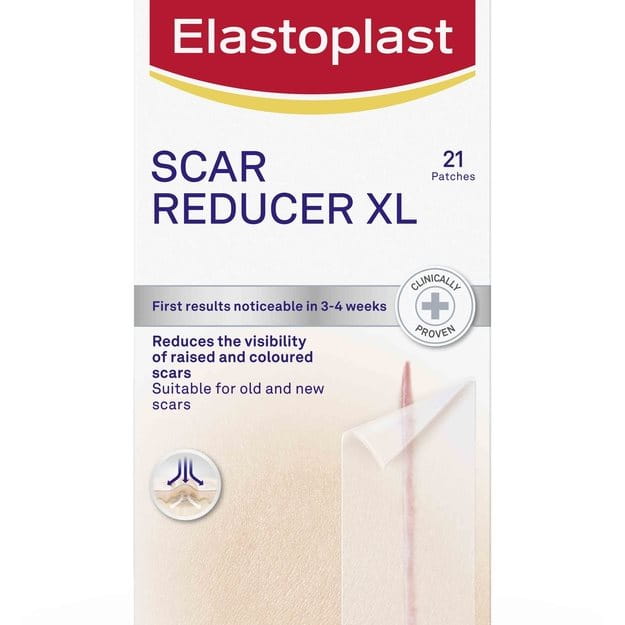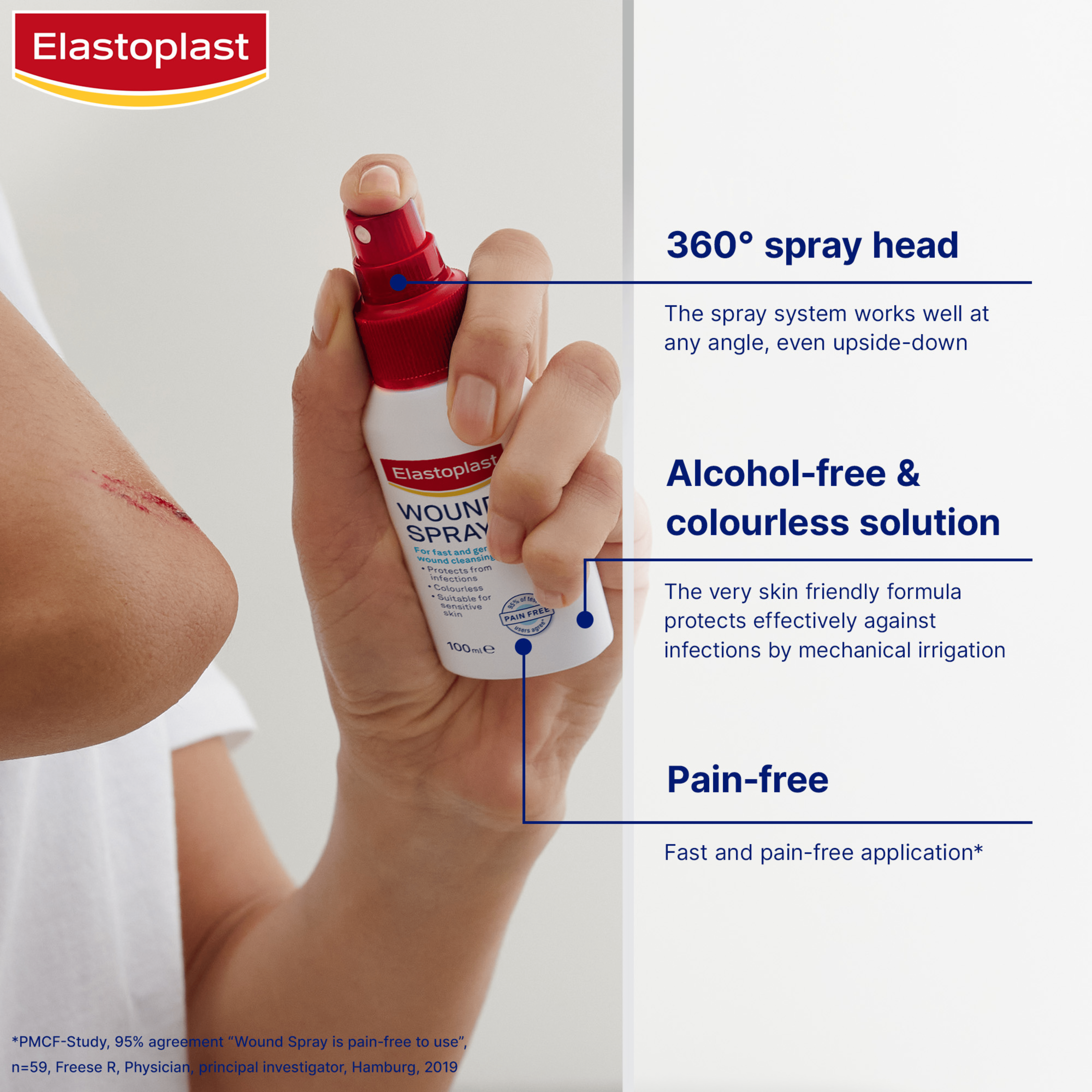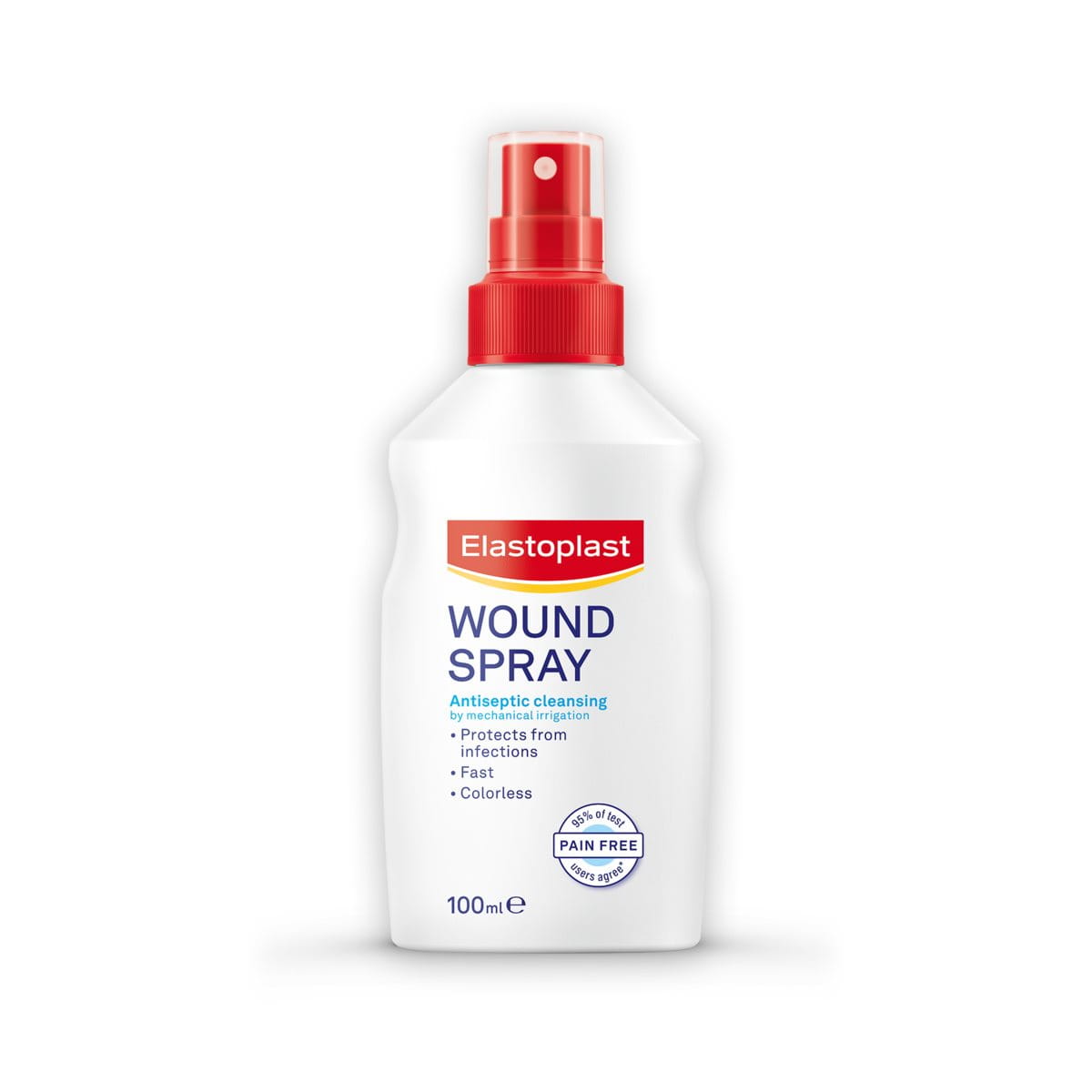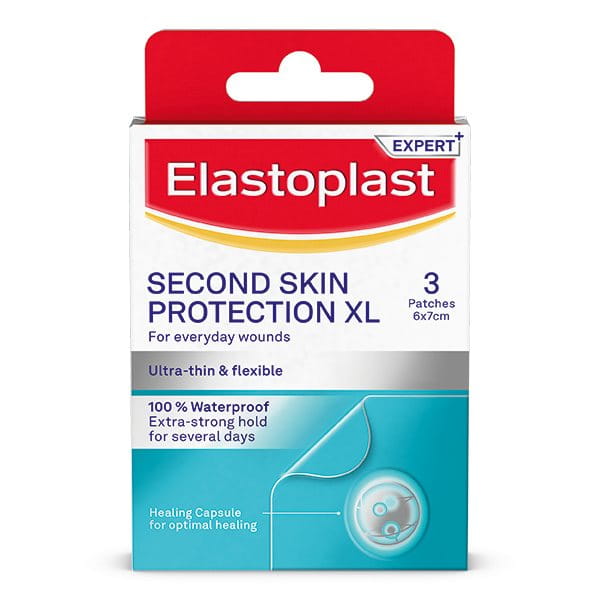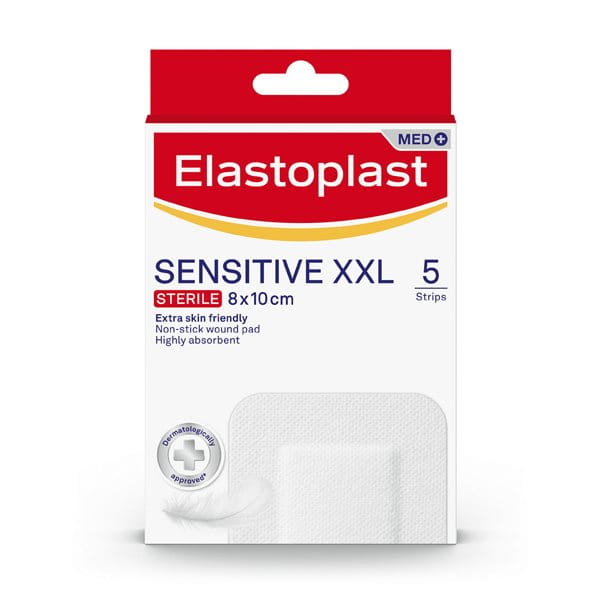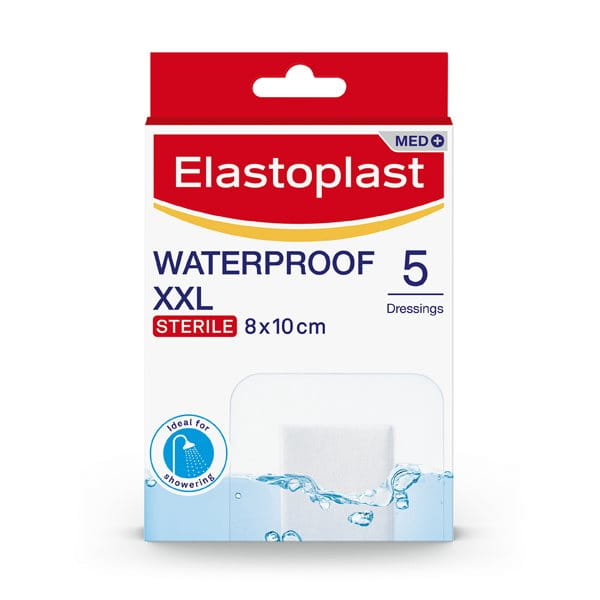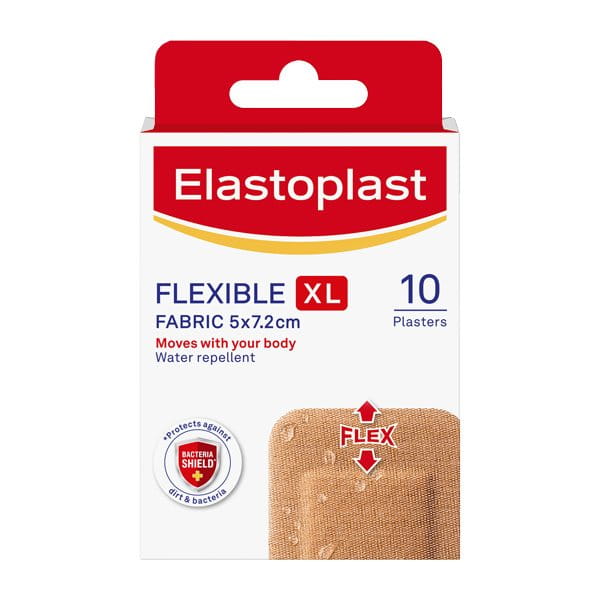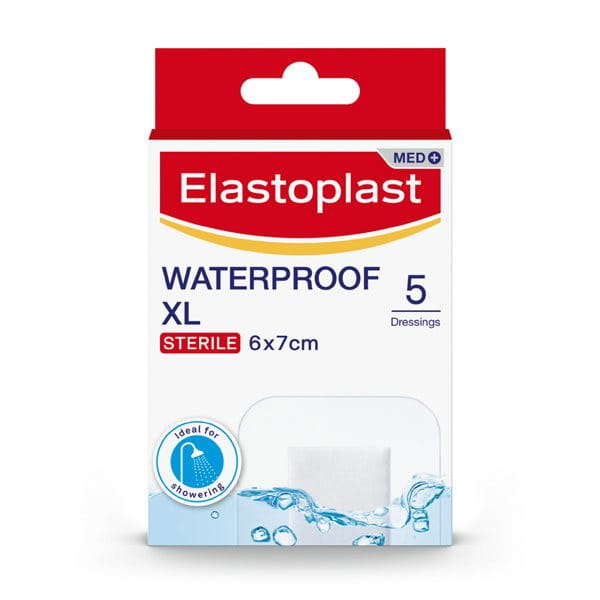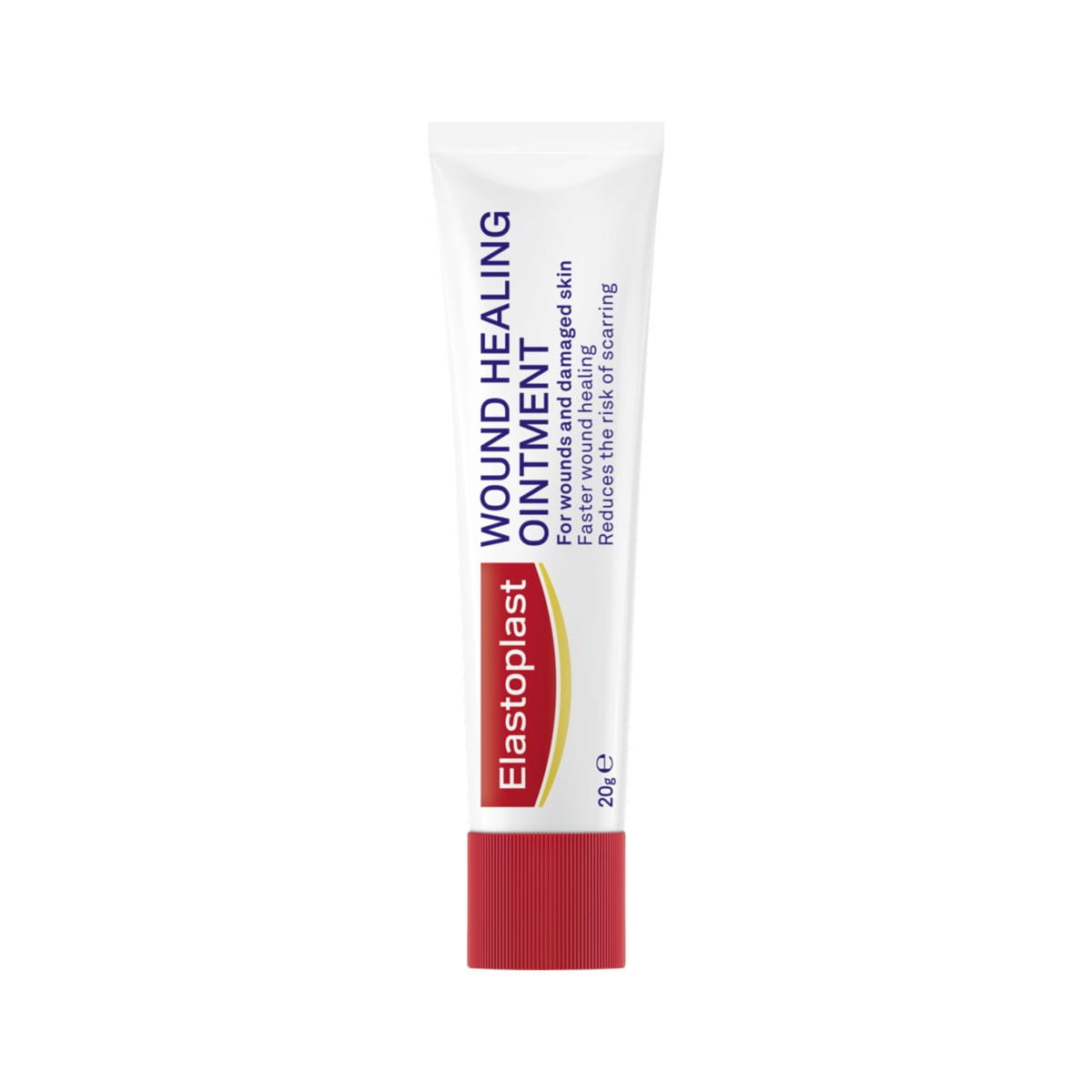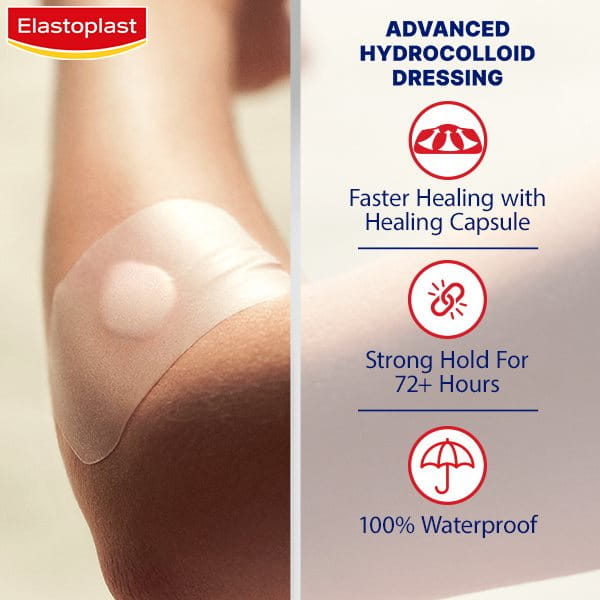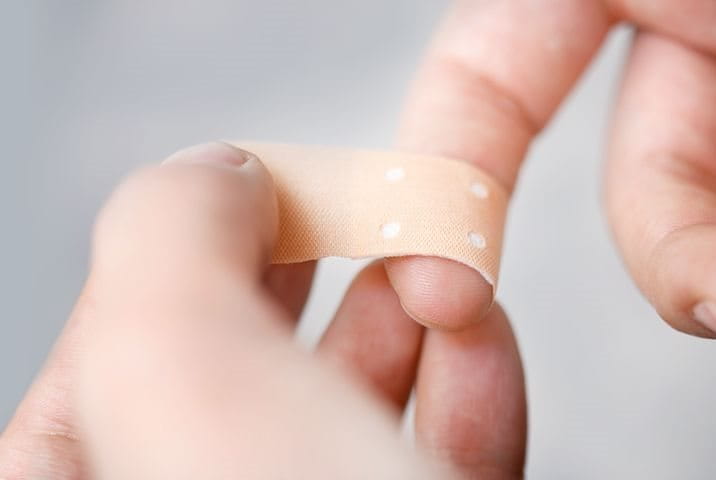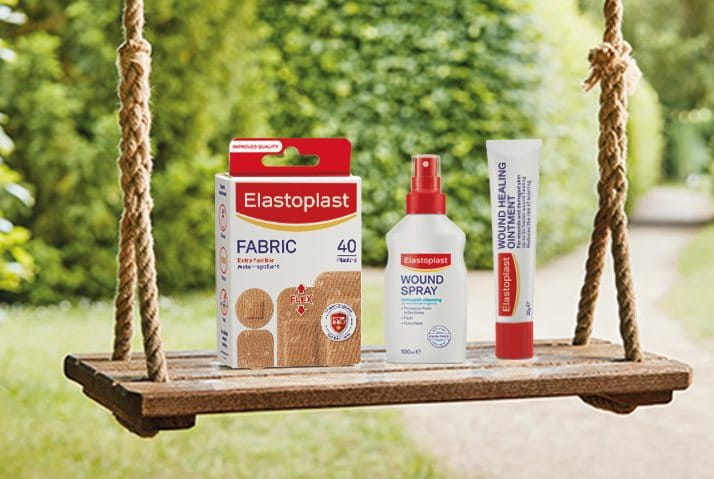Published: February 2012
Last Reviewed: October 2025
Abrasions, often called grazes or scrapes, are one of the most common everyday skin injuries. They occur when the top layers of skin (the epidermis) are rubbed away, often from a trip on the pavement, a fall from a bike, or an accidental bump against a rough surface.
While these wounds may look and feel painful, they’re usually minor and can be safely treated at home with the right care. Proper wound management not only supports faster healing but also reduces the risk of infection and scarring.
Elastoplast recommends following a simple three-step wound care routine: Clean, Protect, Heal. This evidence-based approach helps your skin recover naturally while keeping the wound safe and comfortable.

